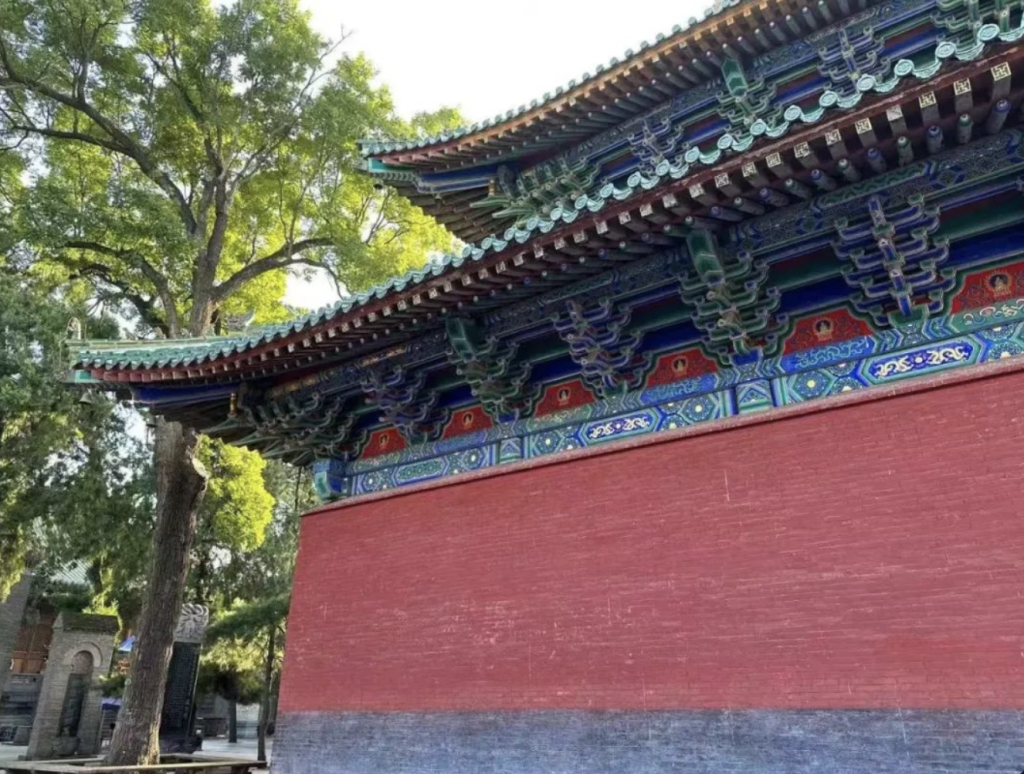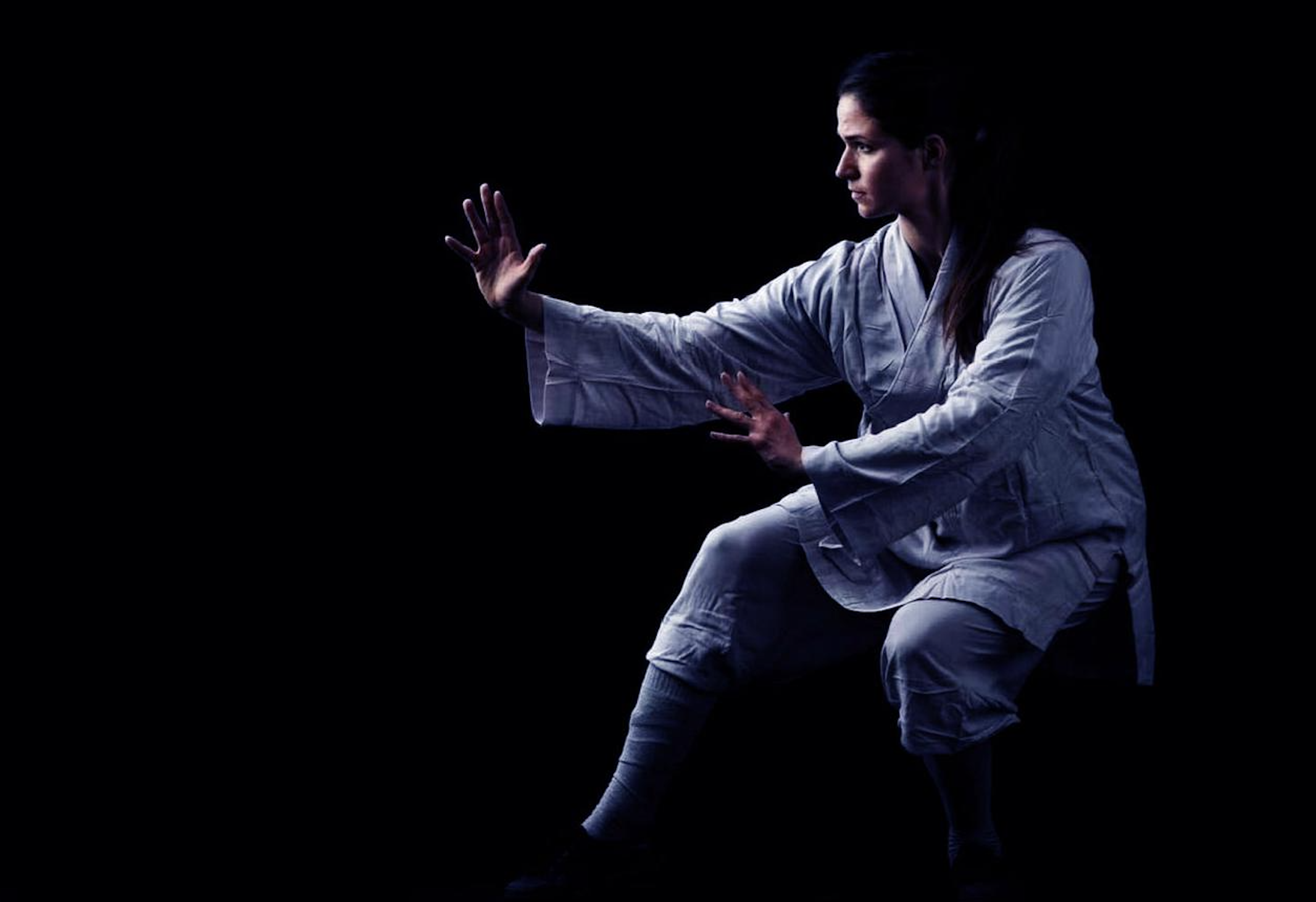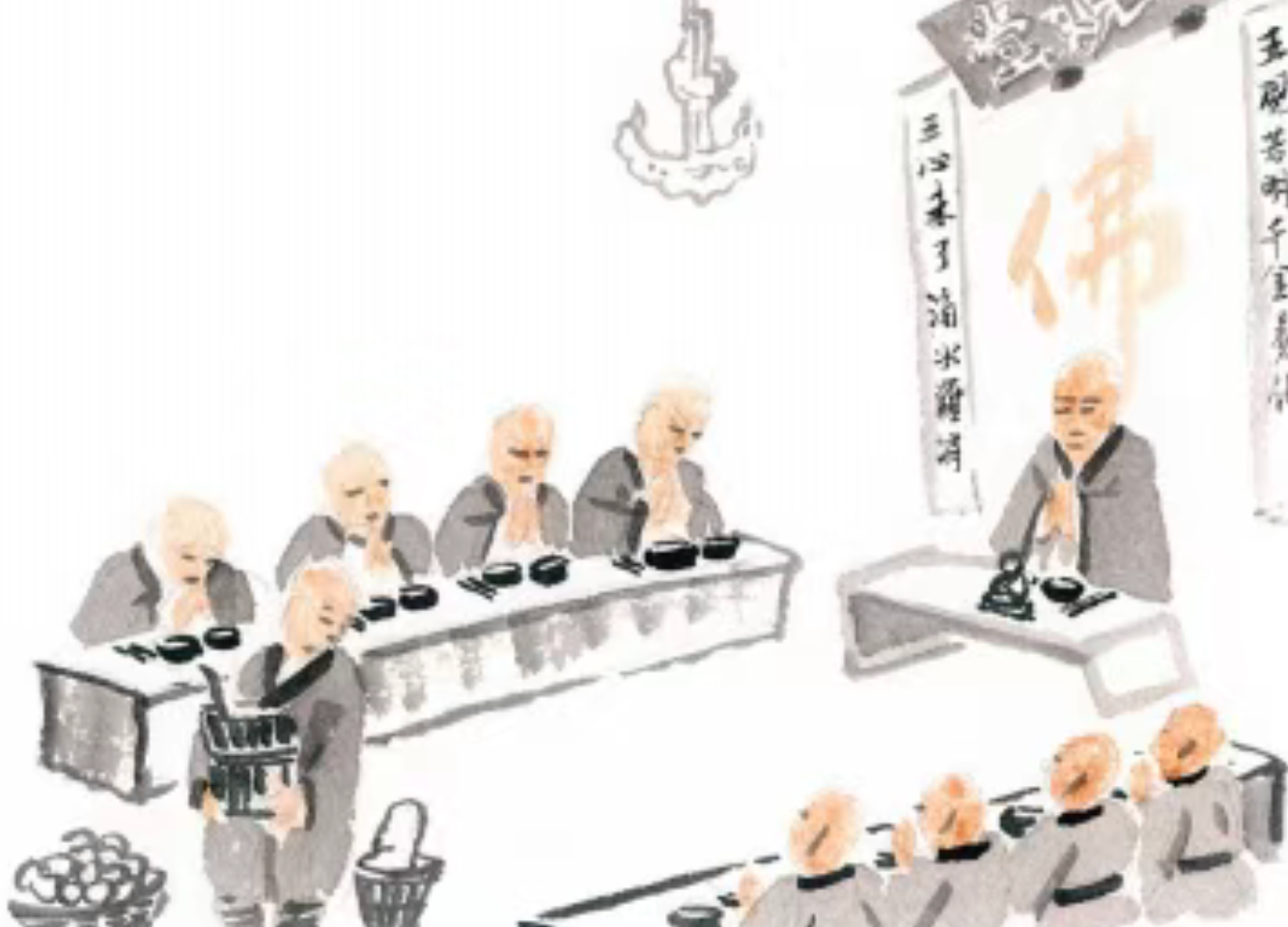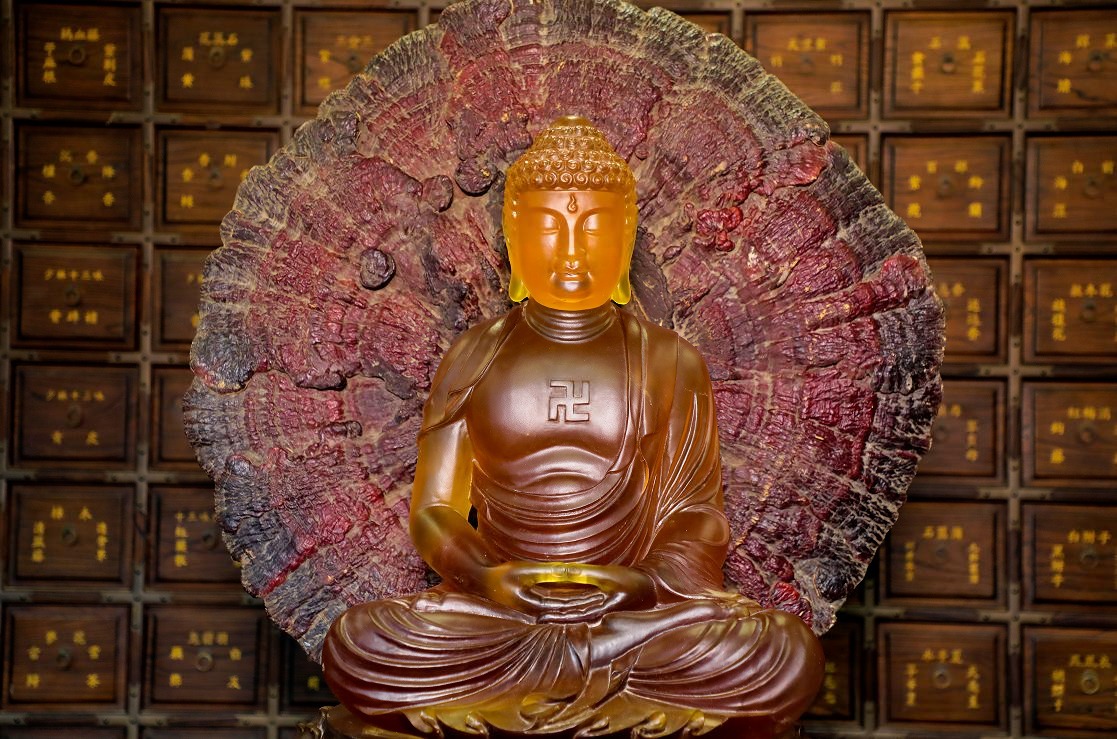In life, we are often trapped by various worries and attachments. Whether it is an inability to let go of the past or fear of the future, our minds feel burdened and heavy. The Buddhist teaching often speaks of “letting go,” but what does true letting go really mean? It is not a simple escape from reality, but a liberation from inner attachments, a freedom of the soul. Letting go means facing things with ease and calmness—without being stuck in the past or fearing the future.
This state is not distant or unattainable. Everyone can reach it through practice and cultivate this life wisdom. Shaolin Temple, as the birthplace of Chinese Chan (Zen) and martial arts culture, offers a unique approach to understanding and practicing letting go, helping us find inner peace and freedom.
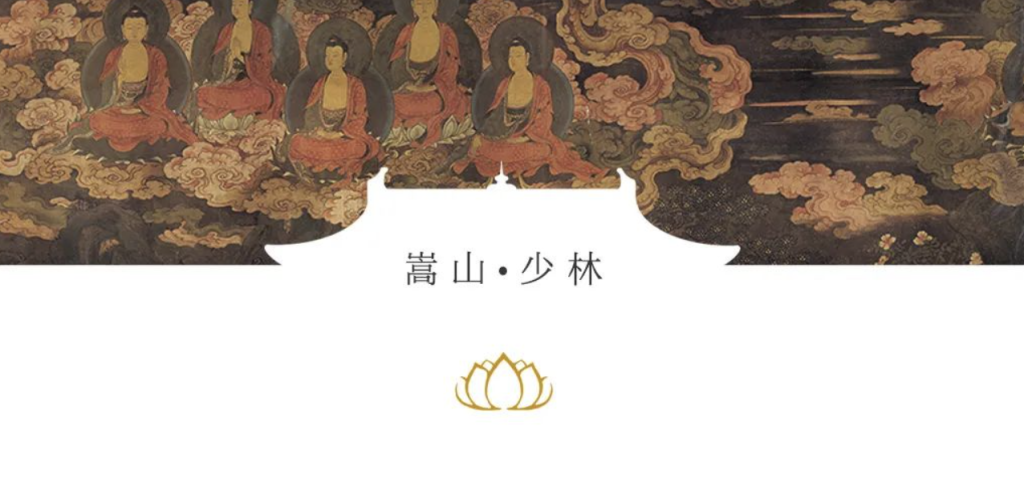
The Essence of Letting Go: Breaking the “Self-Attachment” and Releasing the Mind
At the core of letting go lies breaking the “self-attachment.” This means releasing the strong grip on “I” and “mine.” We cling to wealth, fame, emotions, and possessions, and this clinging traps us, preventing true freedom of mind.
For example, when we overly value wealth, we worry incessantly about money or suffer deeply when losing some. Or in relationships, we get caught up in love and hatred, unable to break free from emotional whirlpools. These are all manifestations of self-attachment. Shaolin culture teaches us that true letting go is not about indifference but about embracing a peaceful and open heart, recognizing that all things are impermanent and illusory.
As Master Hong Yi said, “To be trapped by one thought is to suffer within one thought; letting go of one thought brings freedom to the heart.” Once that single attachment is released, the heart finds ease and liberation.
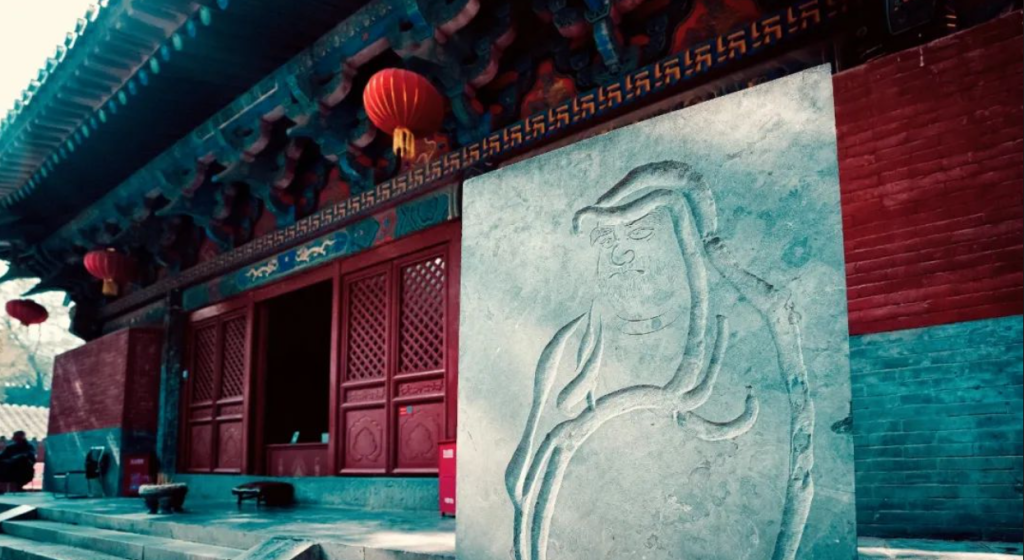
Why Is Letting Go So Difficult?
We often say letting go is hard—why? Shaolin Zen wisdom points to two root causes: ignorance (avidya) and habits (vasanas).
Ignorance—Being Blind to Reality
Ignorance is one of the greatest sufferings in Buddhism. It means being unaware of the true nature of things, unable to see clearly. Because of ignorance, we are blinded by desires and emotions, failing to see that fame, power, and wealth are impermanent illusions.
For example, many think having fame or wealth equals happiness, but after gaining them, emptiness often remains. Shaolin culture encourages us to break this ignorance through meditation, gradually realizing these external things are fleeting and not worth our attachments.

Habits—Deeply Rooted Mental Patterns
Habits are the ingrained tendencies and unhealthy patterns we accumulate from childhood—greed, jealousy, pride, and so forth. Like seeds planted deep within, they constantly influence our thoughts and actions.
Shaolin monks use intense martial arts training not only to strengthen their bodies but to fight these inner habits. Habits make letting go difficult because they become part of our daily lives. Changing them requires strong will and persistent practice.
Shaolin’s Path to Letting Go: Training Both Body and Mind
Shaolin’s uniqueness lies in “Chan and martial arts integration”—combining seated meditation and physical training to cultivate both mind and body, helping us release attachments.
Seated Meditation: Resting in the Present, Observing the Mind
Shaolin monks practice seated meditation daily, focusing on breath and observing thoughts as they arise and fade without grasping or resisting them. This helps us realize that our worries and attachments are transient mental events, not permanent realities.
When we learn to let thoughts flow naturally and not be dragged away, the burden gradually lifts, and the heart becomes light and free.
Martial Arts Practice: Cultivating Mindfulness Through Movement
Shaolin martial arts are famous for their balance of hardness and softness. They train not only the body but the mind, requiring full concentration and responsiveness, fully engaging in the present moment—this is “moving meditation.”
Through sweat and persistence, monks temper their habits and strengthen their willpower. They learn to let go of inner distractions and bring the mind back to the now.
Cultivating Compassion: Releasing Self, Caring for Others
Shaolin tradition emphasizes compassion and service. When the heart is filled with compassion, selfish anxieties and attachments fade. Caring for others helps us realize our own troubles are less significant, making letting go a natural process.
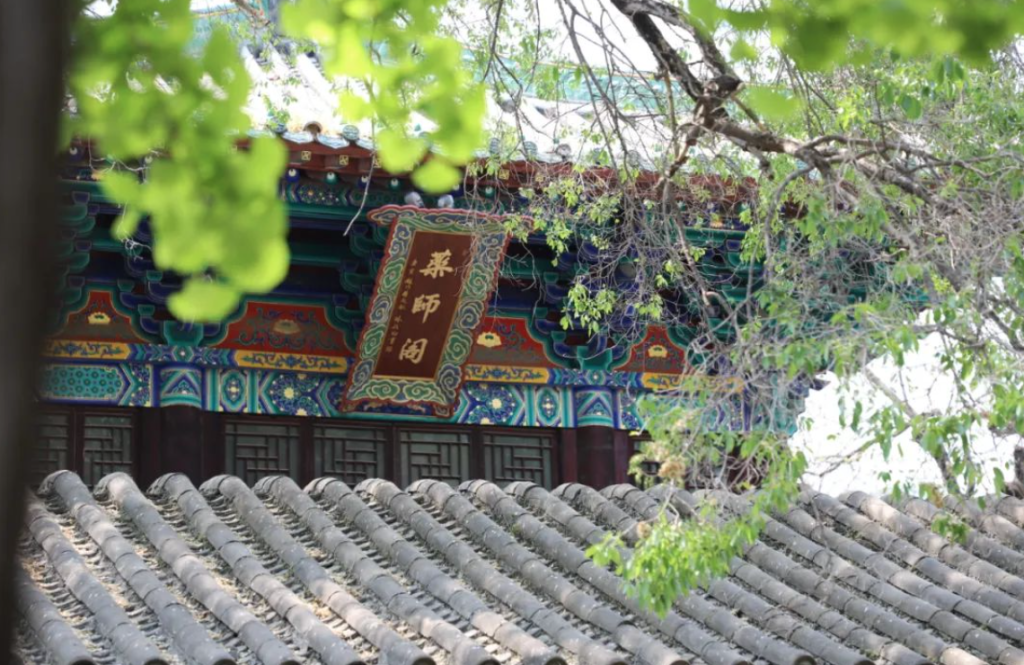
How to Practice Shaolin’s Wisdom of Letting Go in Daily Life
Shaolin’s practice is not a distant myth but a practical wisdom for everyday living.
- Meditate Daily for a Few Minutes
Even 5 to 10 minutes in a quiet place, sitting and focusing on the breath, observing your thoughts without judgment. This trains the mind to let go of distractions. - Experience Mindfulness Through Movement
You don’t need to learn martial arts—any exercise like jogging, tai chi, or walking works. Concentrate on body sensations and breathing, embodying “moving meditation” to calm the mind. - Develop Compassion
Care for those around you. Help others without expectation. This reduces self-centered anxiety and expands the heart. - Read Buddhist Scriptures and Zen Sayings
Classics like the Diamond Sutra and Heart Sutra contain simple but profound wisdom. Phrases like “One should produce a mind that does not abide anywhere” remind us not to cling to anything, helping cultivate insight. - Accept Impermanence
Life is full of change—loss, success, meetings, and partings. Accept these as natural. Only by embracing impermanence can we truly let go.
Letting Go Is the Wisdom and Freedom of Life
True letting go is inner liberation and deep insight into life’s nature. It is not passive escape but an active attitude—remaining peaceful and composed amid life’s ups and downs.
Shaolin Temple, with its millennia of Chan and martial arts culture, shows us that letting go is a journey requiring unity of body and mind, compassion, wisdom, perseverance, and patience.
When we learn to release inner attachments, it is like dropping a heavy burden—our hearts become free and peaceful, and life feels lighter and more beautiful. Letting go is a wisdom accessible to everyone, a path to inner freedom and light.
